Shipping lines will use many tools to cut supply - Former chairman of Evergreen and Yang Ming
Bronson Hsieh, the former chairman of both Evergreen and Yang Ming, said on the latest episode of the "The Freight Buyers' Club" podcast that carriers "know how to arrange" supply cuts and will do everything in its power to “control redundant capacity”.

Bronson Hsieh, former chairman of Yang Ming and Evergreen
Former Evergreen and Yang Ming chairma said ocean carriers will use a variety of tools to cut supply. According to the former chairman of two of the world's top carriers, container carriers will combat overcapacity and slumping demand by deploying multi-faceted strategies to reduce supply.
Bronson Hsieh, the former president of both Evergreen and Yang Ming, said on the latest episode of the "The Freight Buyers' Club" podcast that carriers "know how to arrange" supply cuts and will do everything in its power to “control excess capacity”.
This will include repositioning sailings, mass emptying and slowing sailings and cutting fuel costs.
He also expects older ships over the age of 25, which make up about 3% of the current global fleet, to be phased out, a move that has the added benefit of helping carriers cut emissions in line with the latest requirements of the IMO. “If that 3% of vessels is going to be retired next year, then that really would be very helpful to reduce [capacity] growth ratios,” he added.
Hsieh also predicts that carriers will ramp up rerouting of ships around the Cape of Good Hope “in order to digest more redundant vessels” on Asia-Europe routes, a move that will also save significant freight costs transit through the Suez Canal.
Shorten the supply-demand gap
According to Hsieh, these combined efforts will help close the significant gap between vessel supply and container demand growth this year and next.
Efforts will be needed to stem the loss of revenue following the collapse in spot rates on most shipping routes as of the summer of 2022 due to slowing economic growth, rampant inflation and high inventories.
According to Alphaliner, new container ship orders now total more than 7 million TEUs, with the majority of new ships due to be delivered over the next two years. In addition, the top 11 container shipping lines are expected to receive 89 more large vessels for use on main routes in the remaining 10 months of 2023.
The analyst noted: “This year will thus see the arrival of the box ship delivery ‘wave’ that follows the ordering frenzy of 2020 and 2021". “At least for the time being, it looks like all Even this extra tonnage will affect freight operations at a time when demand is faltering.”
The result, he added, will be “a return of overcapacity” for container shipping.
Lessons from the past: Saving Yang Ming Shipping
Hsieh, who has a career in the container shipping industry of about 45 years, offers insight into how carriers can stay profitable during the current downturn cycle.
Back in 2016 when the container shipping industry was suffering from a severe recession that bankrupted Hanjin Shipping, Hsieh was tasked with preventing Yang Ming from a similar fate.
As chairman of Yang Ming, he quickly cut back on receiving unprofitable shipments. “Yang Ming’s vessels were always fully loaded,” he told The Freight Buyers' Club podcast. “It looks good but the ocean freight they generate cannot cover their variable cost. That was the problem," he pointed out.
However, Hsieh understood he could handle the situation. “When I see this, I realise this [is a] company I think I can manage,” he says.
He said that in 2016, the container shipping market was "very tough" and too difficult for carriers to cover fixed costs from freight rates. Instead, Hsieh tells sales reps to focus on finding goods "that at least covers the variable cost" and weed out customers who don't pay "reasonable ocean freight." .
“I give them very strict requirements,” he said. "That’s one of the most important reasons [why in] 2017 Yang Ming started to make money."
See more:
Shipping industry through its heyday
Excess empty containers pile up at Chinese ports
Excess capacity could cause a new price war between container shipping lines, warning from Evergreen president
Source: Phaata.com (According to The Freight Buyers' Club | Container News)
Phaata - Vietnam's First Global Logistics Marketplace
► Find Better Freight Rates & Logistics Services




























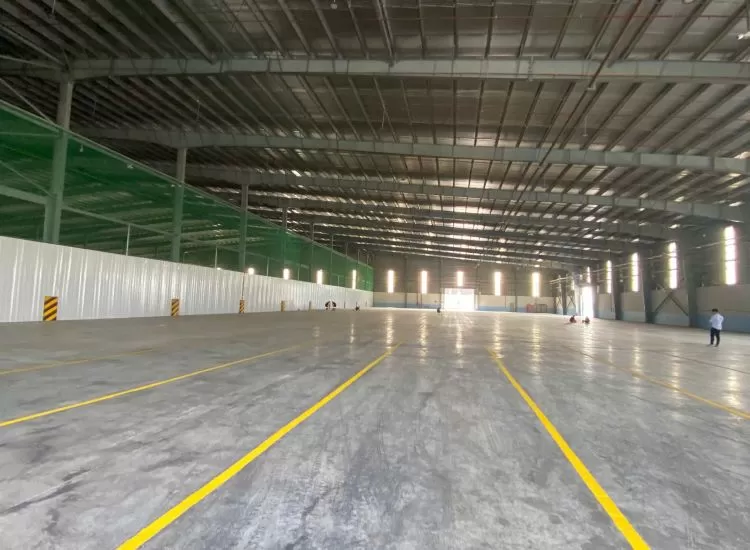
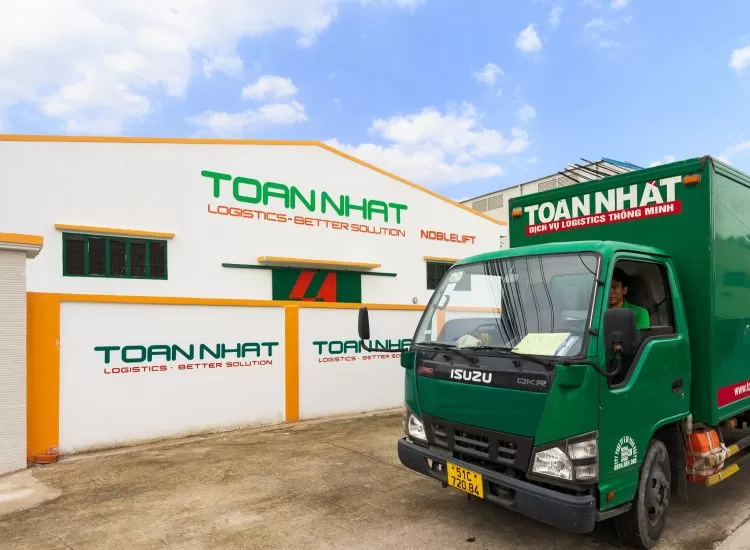
.webp)
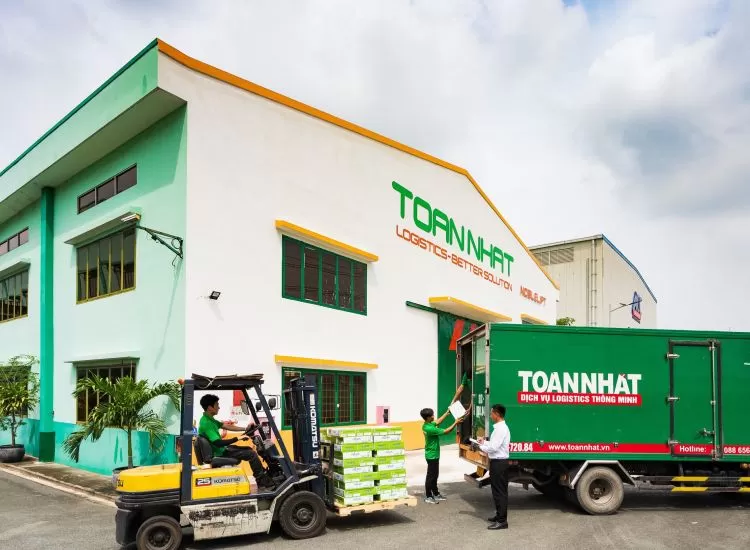
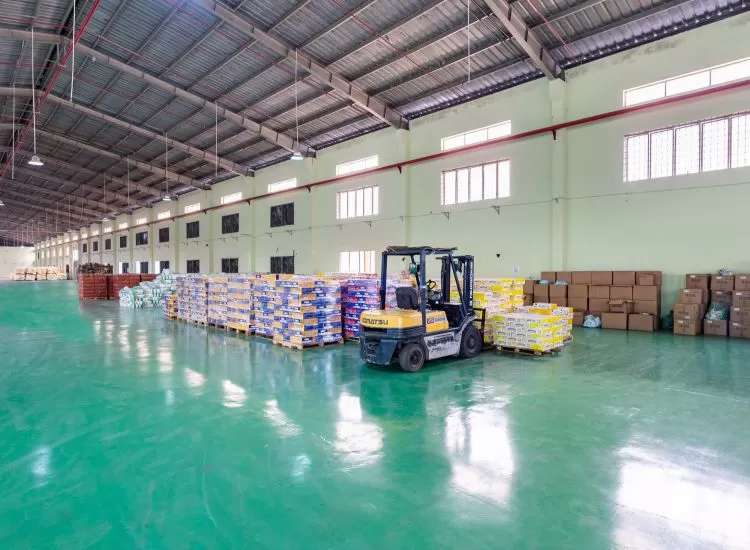






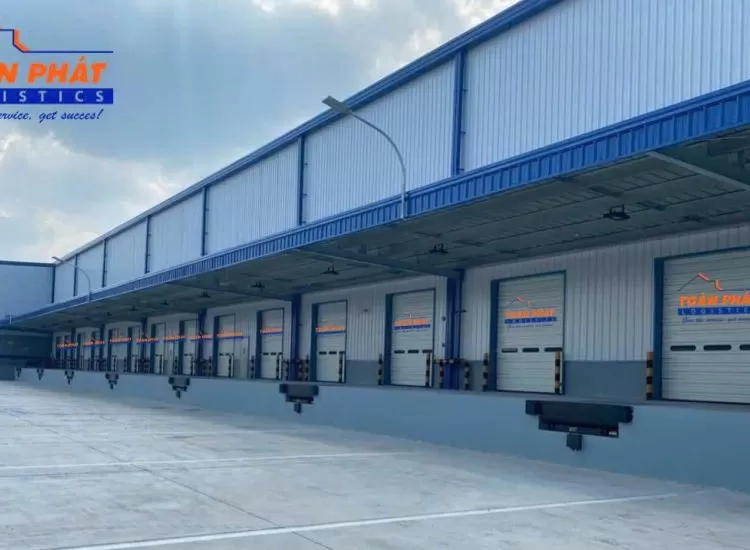
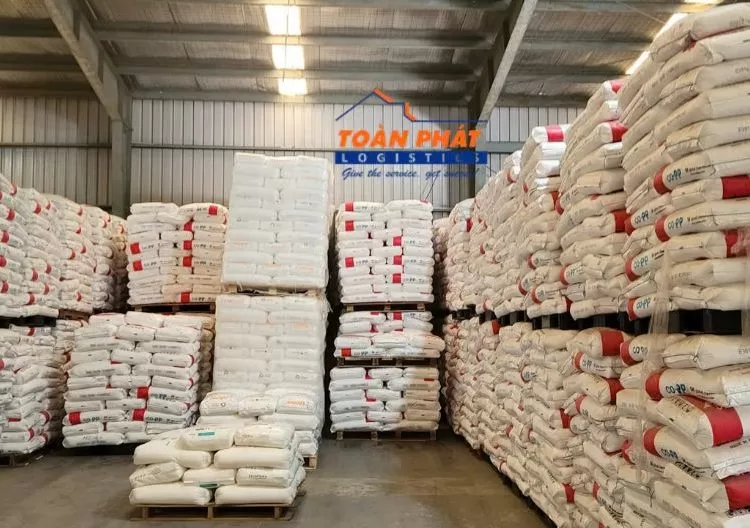
.webp)